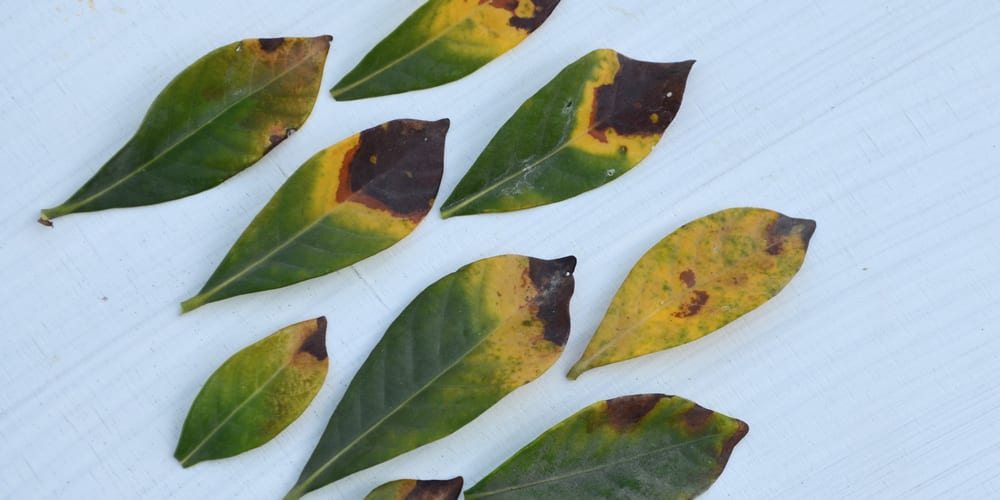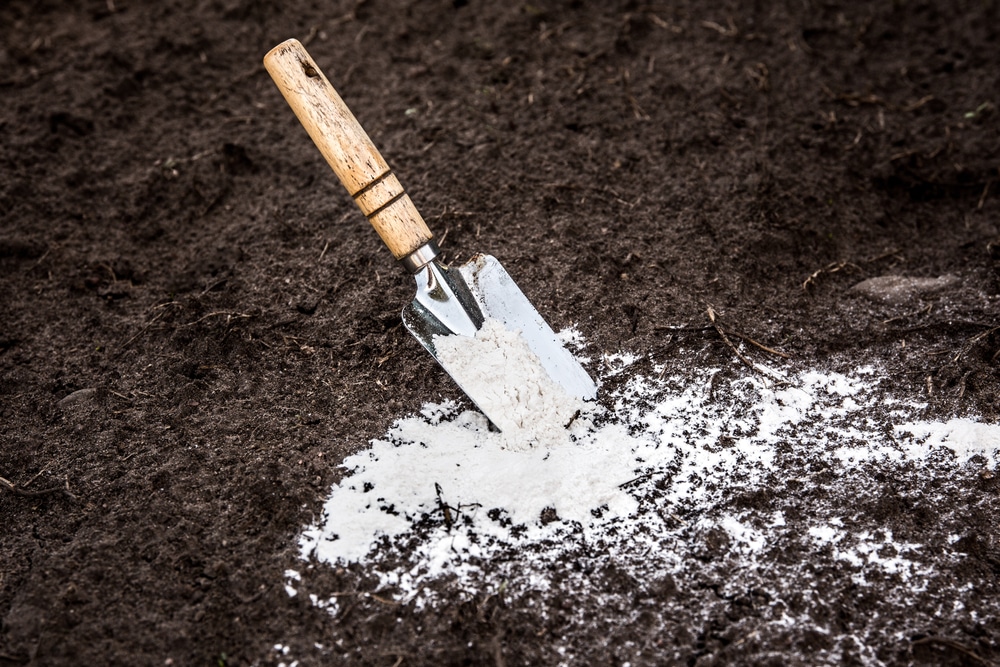Healthy and nutrient-rich soil are essential for plant life. It helps regulate moisture, provides nutrients, and supports the plant’s root system. But have you ever been in a situation where your plants looked more unhealthy than usual?
You’re sure you’ve watered it properly and mulched it, but it grows at a slower pace. Or perhaps your plants don’t flower as much and vibrantly as they used to. The leaves are smaller, and the color isn’t as green. If this happens to your plants, this can be an early sign of nutrient deficiency.
Nutrient deficiency means one or more essential macronutrients or micronutrients are lacking in the soil. This can severely impact a plant’s growth and health. For example, there’s an imbalance in the soil’s pH level, or there might not be enough organic matter.
Plants grown in pots are more likely to experience nutrient deficiency because the root system is confined. Magnesium is one of the essential nutrients plants need to grow healthy and strong. It’s involved in various plant processes, and the lack of it may significantly affect plant growth.
What are the Early Signs of Magnesium Deficiency?
Fixing magnesium deficiency all begins with knowing the early signs. One of the easiest signs to spot is when the plant’s leaves turn yellow. The veins remain green, and the color change starts from the leaf margins or between the veins. This affects older leaves first before eventually working its way to the younger ones.
There are some instances where instead of turning yellow, the leaves may show a reddish or brownish hue, especially along the margins and tips. The leaves may also curl, and the edges may appear burnt. In addition, severe magnesium deficiency can cause the leaves to drop off entirely, even before autumn begins.
The Importance of Magnesium in Plants
Magnesium is vital to plant growth and plays a role in several key processes, including photosynthesis, respiration, and the transportation of other nutrients within the plant. It’s also essential for the formation of chlorophyll, which gives plants their green color.
In short, magnesium is the main nutrient that helps plants produce food. This chemical element also strengthens a plant’s cell walls, protecting it from pests and diseases. It also helps the plant absorb phosphorus and nitrogen, two other essential nutrients for plant growth.
Causes and How to Fix Magnesium Deficiency in Plants
Having a good depth of understanding as to what causes magnesium deficiency in plants may help you prevent it from happening or help you address the problem more quickly. Here are some of the common causes:
Soil Type
Certain soil types, such as sandy or light soils, are more prone to magnesium deficiency. This is because these soils have a lower capacity to hold and release nutrients, including magnesium.
Low pH Soils
Soils that are within the lower pH range are more likely to cause magnesium deficiency in plants. At this range, magnesium becomes less soluble, and the plant roots have a more challenging time absorbing it.
If your plant doesn’t require lower pH levels, you can make some amendments to the soil to raise the pH. You can do this by adding agricultural lime or wood ash. Both can help neutralize the soil’s acidity.
Heavy Rainfall or Irrigation
When the soil is top heavy, whether due to heavy rainfall or overwatering, the soil gets oversaturated. Heavy rainfall can get rid of the magnesium from your soil, and it can also leach out other nutrients.
You can fix this by adding Epsom salt, which is rich in magnesium sulfate. This can help replenish the magnesium lost due to heavy rains or irrigation. When using Epsom salt, dilute it first in water before applying it to the soil.
Too Much Potassium
While potassium also plays a vital role in plant growth, having too much of it in the soil can lead to magnesium deficiency. This is because an excess of potassium competes with magnesium for uptake by the plant roots. More often than not, plants will absorb potassium first since it’s more soluble.
Perform a soil test and analyze the results to see the nutrient levels in your soil. If it’s high in potassium, you can try flushing the excess out with plenty of water. You can also amend the soil with magnesium sulfate or Epsom salt to help rebalance the nutrient levels.
Infrequent Fertilization
Another common cause of magnesium deficiency is infrequent fertilization. Fast-growing plants, in particular, need a regular supply of magnesium to maintain their growth.
Ensure that you’re fertilizing your plants regularly, especially during the growing season. Your choice of fertilizer greatly varies depending on what plants you’re growing, but feeding them regularly can help resolve this problem alongside other nutrient deficiencies.
How to Fix Magnesium Deficiency in Plants: Final Thoughts
The lack of magnesium in plants can cause a whole host of problems, including yellowing leaves, stunted growth, and even leaf drop. Fortunately, you can address most of these problems.
First, assess the problem, understand the cause, and take the necessary steps to fix it. If you’re looking for a long-term solution, applying Dolomite limestone during the fall and winter will help rectify the magnesium levels in your soil and alleviate the deficiency.
Related article: Is Epsom Salt Good For Fig Trees

